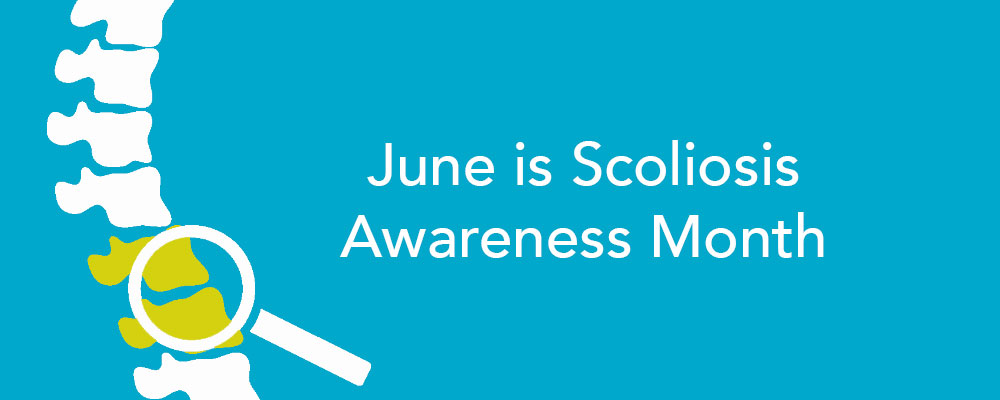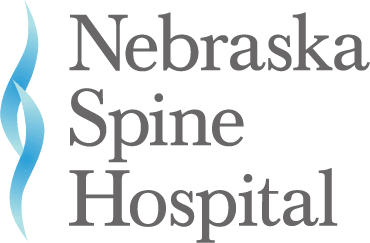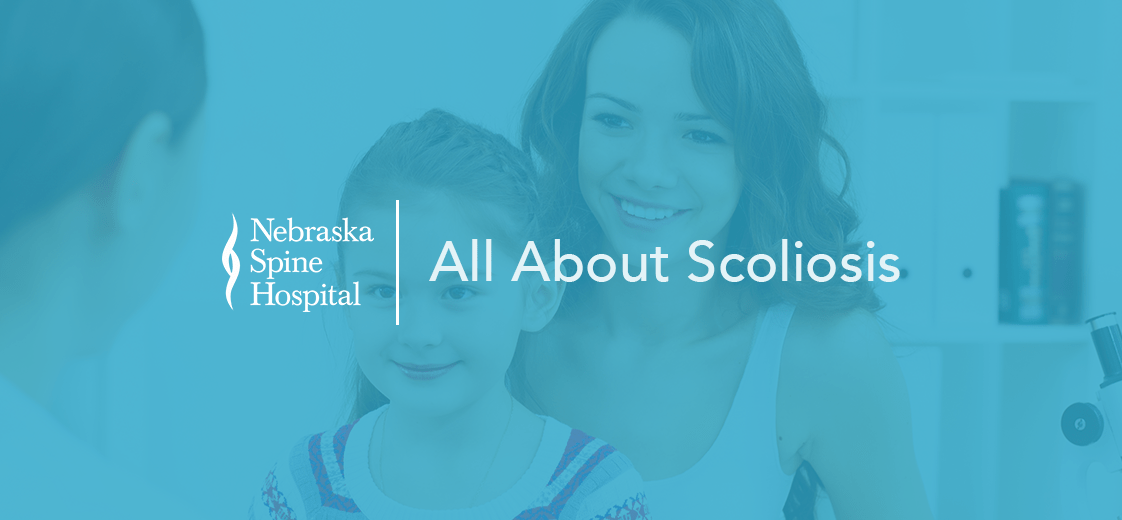June is all about being outdoors, summer fun, and scoliosis. Yes, you read that correctly. Did you know that June is Scoliosis Awareness Month?

Scoliosis is a spinal condition that causes a sideways curvature of the spine. It can affect both children and adults, but occurs most frequently in children during their last growth spurt before puberty.
There are two different types of scoliosis, non-structural and structural. Non-structural scoliosis is where the spine itself is normal but a slight, temporary curvature appears, likely due to differences in leg length, muscle spasms, or even appendicitis. If these causes are directly treated, then the curvature will likely resolve.
Structural scoliosis is often due to a structural abnormality from an injury, a neuromuscular disease, infections, or tumors. It is treated on a case-by-case basis, but treatment options include surgery, back brace, and observation.
Now that we’ve covered what scoliosis is, it’s time to become familiar with the facts.
All About Scoliosis
- Scoliosis is very common. According to the Scoliosis Research Society, it affects 2-3% of adolescents.
- Treatment plans are based on the severity and progression of the curve, and is evaluated in terms of degrees of spine curvature:
- 25° or less: no treatment required
- 26°-45°: often treated with a back brace
- 45° or greater: surgery typically required
- While treatments have proven effective in lessening the degree of spine curvature, there is no cure for scoliosis.
- Back braces have improved in effectiveness and wearability. A study found that 72% of at-risk children were able to avoid surgery by wearing a back brace. Patients can wear modern braces under loose-fitting clothing and they are padded for comfort.
If left untreated, the condition will likely worsen, possibly to the point of restricting the rib cage and impacting the function of the lungs and heart. Untreated scoliosis can also lead to chronic back pain later in life.
For more information on scoliosis or to schedule an appointment, please contact us. Our doctors are proud members of the Scoliosis Research Society.

